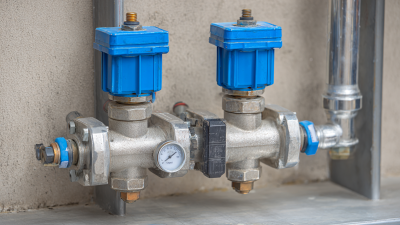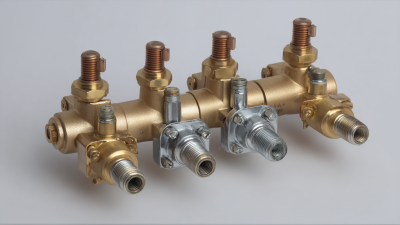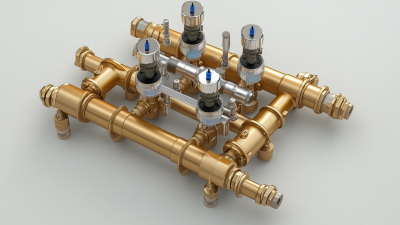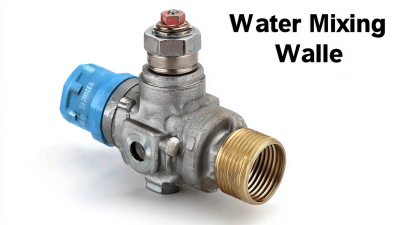In modern plumbing systems, achieving the ideal balance between comfort and efficiency is essential, and one crucial component that facilitates this balance is the Mixing Valve. This innovative device not only enhances the overall performance of plumbing installations but also promotes safety by regulating water temperatures to prevent scalding. Understanding the benefits of using a Mixing Valve can significantly improve the function and sustainability of your plumbing system. From residential applications to commercial settings, these valves are designed to blend hot and cold water, ensuring a consistent supply and optimal water temperature. This article will guide you through the essential aspects of Mixing Valves, including their operation, advantages, and tips for proper installation and maintenance, equipping you with the knowledge to make informed decisions for your plumbing needs.
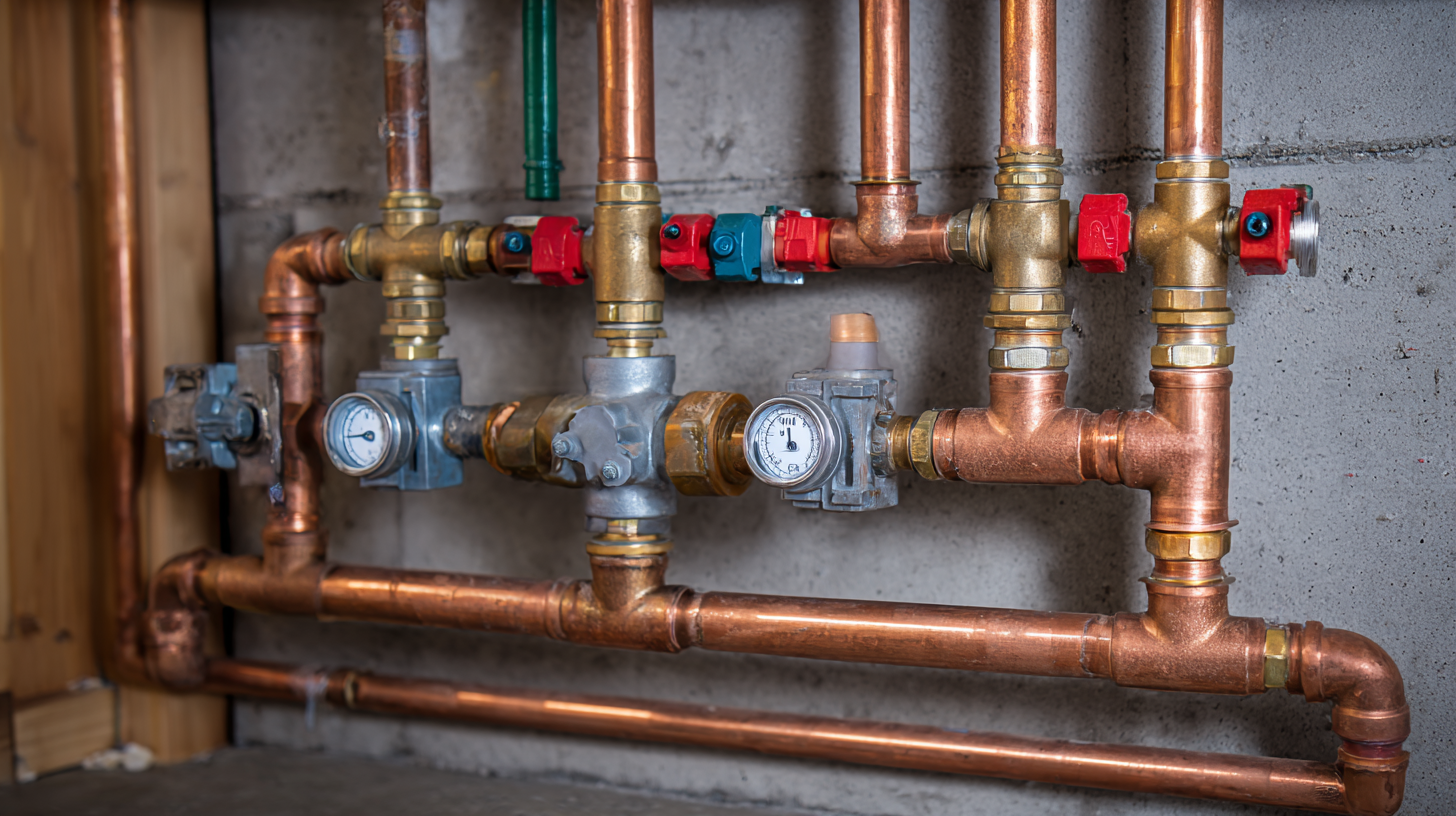
Mixing valves play a crucial role in modern plumbing systems by significantly enhancing water temperature control. These valves are designed to blend hot and cold water, ensuring a consistent and comfortable temperature is delivered to fixtures. This not only helps to prevent scalding or sudden temperature changes during use but also contributes to the overall efficiency of the plumbing system. By maintaining stable temperature levels, mixing valves protect sensitive components in water heaters and prolong their lifespan.
Additionally, the use of mixing valves can lead to considerable energy savings. With efficient temperature regulation, water heaters do not need to work as hard to maintain desired temperatures, which translates to reduced energy consumption. This energy efficiency is particularly valuable in residential settings, where unexpected spikes in water temperature can lead to increased utility bills. Furthermore, in commercial applications, such as hospitals or restaurants, precise temperature control is essential to meet safety standards and promote a comfortable environment for both staff and customers. Overall, mixing valves enhance both safety and efficiency in modern plumbing systems.
Mixing valves play a crucial role in enhancing the energy efficiency of modern plumbing systems. By regulating the temperature of water before it reaches the faucets or showers, these valves can help reduce the energy needed to heat water. This means less strain on water heaters, leading to lower energy bills. Additionally, mixing valves can mitigate the risk of scalding, allowing for safer showering experiences, especially for children and the elderly.
Tips: When choosing a mixing valve, consider one with a built-in thermostat for precise temperature control. Regular maintenance and inspection of your mixing valve can also prevent potential leaks and inefficiencies, further contributing to cost savings. It's advisable to consult a plumbing professional to ensure the correct installation and optimal functionality of the mixing valve in your system.
In terms of long-term savings, investing in a good-quality mixing valve could lead to significant reductions in energy consumption over time. By ensuring consistent water temperatures while minimizing heat loss, homeowners enjoy both comfort and efficiency. Upgrading outdated plumbing systems to modern options with mixing valves can also increase property value by highlighting energy-efficient features.
Mixing valves play a crucial role in enhancing safety for modern households by effectively reducing the risks of scalding. These valves blend hot and cold water to deliver a consistent water temperature, preventing unexpected temperature fluctuations that can lead to burns. In a typical plumbing system, sudden shifts in water temperature, often caused by the simultaneous use of multiple taps or fluctuating water pressures, can pose a significant threat, particularly to children and the elderly. By ensuring that the water leaving the fixture is within a safe range, mixing valves provide an additional layer of protection.
Furthermore, the incorporated safety features of modern mixing valves, such as temperature limit stops, allow homeowners to set a maximum temperature threshold. This critical function not only guards against scalding but also promotes energy efficiency by preventing unnecessary heating of water beyond what's needed. As awareness about safety in the home continues to grow, the integration of mixing valves in plumbing systems becomes increasingly vital, ensuring comfortable and secure environments for all household members.
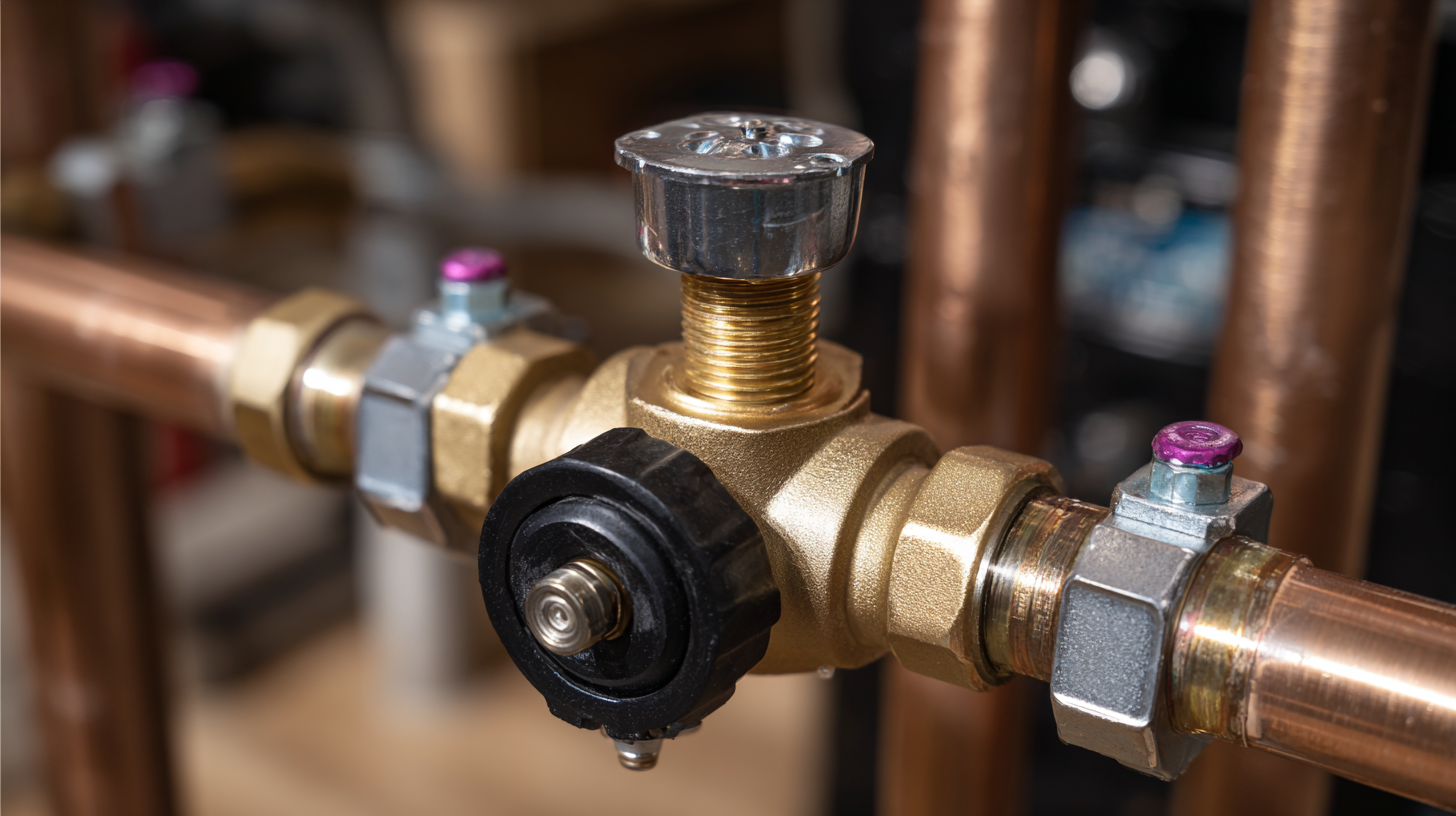 Mixing valves play a crucial role in modern plumbing systems, particularly in the pursuit of sustainable water management practices. By blending hot and cold water, these valves not only ensure comfortable water temperatures but also enhance energy efficiency. This efficient temperature control reduces the need for excessive heating, which can lead to significant energy savings in residential and commercial properties alike.
Mixing valves play a crucial role in modern plumbing systems, particularly in the pursuit of sustainable water management practices. By blending hot and cold water, these valves not only ensure comfortable water temperatures but also enhance energy efficiency. This efficient temperature control reduces the need for excessive heating, which can lead to significant energy savings in residential and commercial properties alike.
Moreover, the integration of mixing valves contributes to water conservation efforts. By maintaining a steady and controlled temperature, mixing valves prevent wastage often associated with fluctuating water temperatures during daily activities like showering or washing dishes. This constant temperature reduces the time and water needed to achieve the desired warmth, promoting smarter water use and sustainability in plumbing systems. As the demand for environmentally-friendly solutions grows, the adoption of mixing valves is essential for modern plumbing systems aiming to meet these sustainable water management goals.
Mixing valves have become significant players in modern plumbing systems, standing in contrast to traditional valve setups. One of the primary advantages of mixing valves is their ability to provide consistent water temperature by blending hot and cold water. This ensures comfort and safety, particularly in applications like showers or baths, preventing scalding without compromising the user experience. Traditional valve systems often require manual adjustment and can lead to temperature fluctuations, resulting in inconvenience and potential hazards.
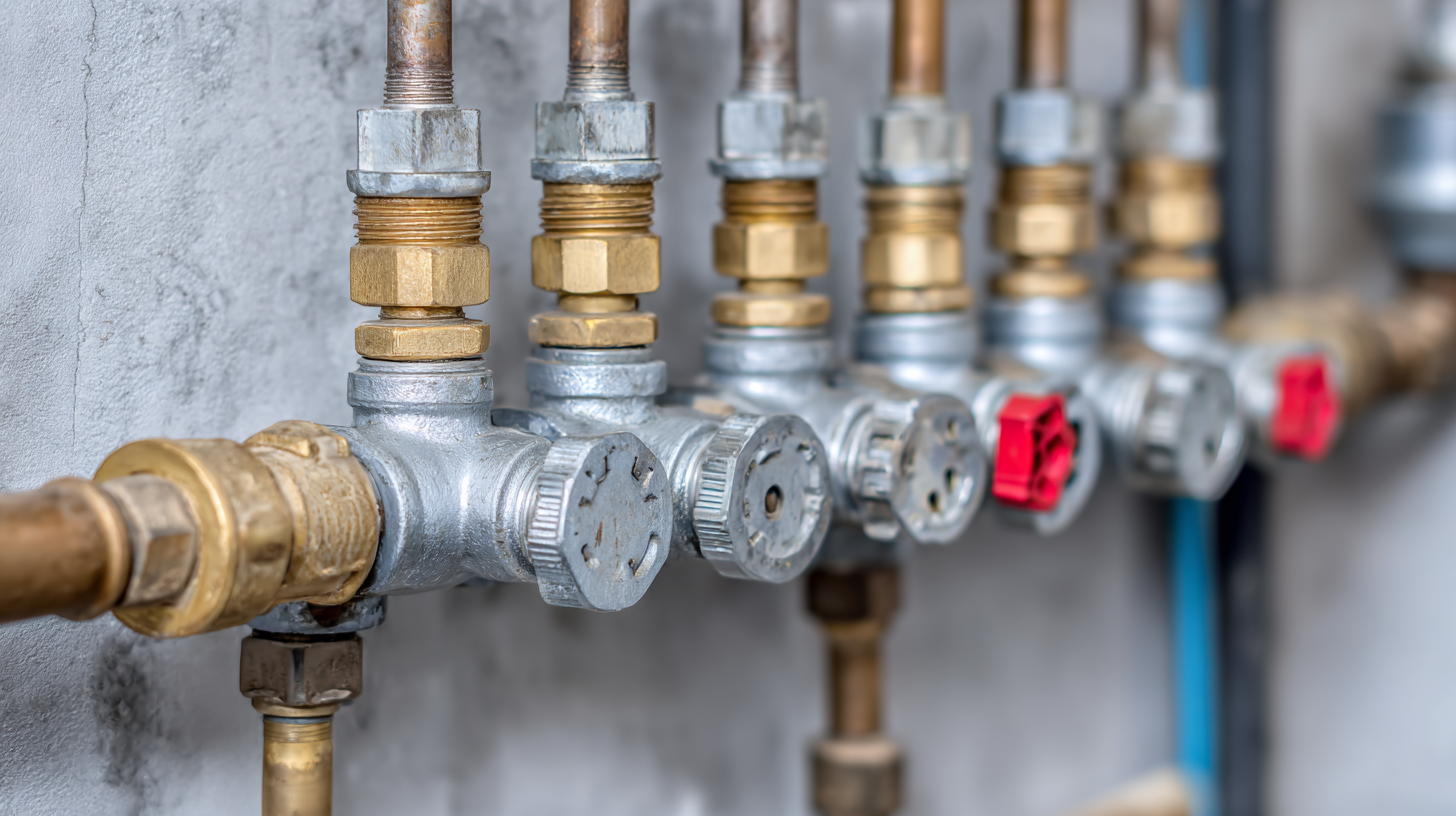
Additionally, the efficiency of plumbing systems can greatly improve with the use of mixing valves. These devices enhance energy conservation by reducing water waste—users no longer need to run water to achieve the desired temperature. Furthermore, mixing valves can be integrated into smart home systems, allowing for remote monitoring and control, which is not typically possible with traditional valves. This technological advancement not only contributes to energy efficiency but also aligns with modern sustainability practices in household plumbing.
